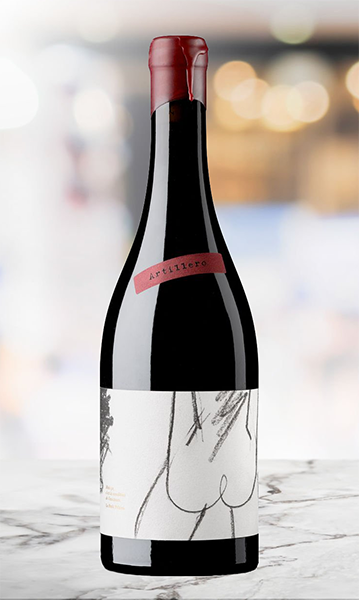
Semillon is a white grape with origins in the Bordeaux region of France. It is one of the allowed grapes in both dry and sweet white Bordeaux wines. Often blended with sauvignon blanc, semillon is richly textured and full-bodied with a mouthfeel similar to chardonnay, although, unlike chardonnay, it has a low-acid profile.
In the Graves sub-region of Bordeaux, semillon is often barrel fermented before blending with sauvignon blanc, resulting in a wine with exceptional richness and aromatics. In Barsac and Sauternes, the same grapes are used to produce some of the world’s most coveted dessert wines, including the highly collectible (and exceptionally high-priced) Château d’Yquem. Many of the best Sauternes are mainly semillon with just enough sauvignon blanc to bring the wine into perfect balance.
Outside of France, semillon is also grown in Australia, the USA, South America, South Africa, and you’ll find tiny pockets of it throughout Europe and Canada. It is considered an aromatic grape, similar to riesling, sauvignon blanc, muscat, viognier, gewürztraminer, and malvasia.
What Does Sémillon Taste Like?
Semillon produces a wine with zesty lemony aromas and notes of green apple, bartlett pear, papaya, and stone fruit. At times, the lemon aspect can be quite creamy, reminiscent of lemon curd or lemon pie.
When semillon is affected by noble rot, it serves up marmalade flavors and aromas of candied orange peel, apricot, and clover honey. This is how Sauternes and Barsac dessert wines are made, but you’ll also find wines of this style in Australia—and if you do find them, they are always a treat!
In Australia’s Hunter Valley, semillon takes on distinct buttered toast and lime flavors over time, while cooler climates tend to produce a semillon with grassier undertones and asparagus notes.
When the intention is to make semillon into a dry wine, very specific conditions in the vineyard and vintage must be met. The grapes must be harvested early to preserve the aromatics. Though it is a thick-skinned grape that ripens early and is easy to grow, it lacks acidity, which is why it’s so often blended with sauvignon blanc.
What Foods Pair Best with Semillon?
When pairing food with semillon, it’s essential to consider the style of the wine. Dry semillon wines from Bordeaux are highly versatile with many dishes, including white fish, shellfish, roasted or braised pork, chicken, or any of the above with a creamy sauce. Pasta carbonara is especially good with dry semillon, as is a creamy risotto with shaved parmesan and perhaps a sprinkle of lemon zest.
Dessert-style semillon can be paired successfully with fruit tarts, canelé, apple pie, panna cotta, tiramisu, pavlova, trifle, or ice cream. Sweet semillon is also lovely with foie gras and all types of paté, oysters, grilled vegetables, Thai and other Asian cuisines, or pungent cheeses like Roquefort.
You don’t have to be adventurous to want to try semillon. It’s a unique and often surprising wine with so many different expressions it never fails to intrigue.






